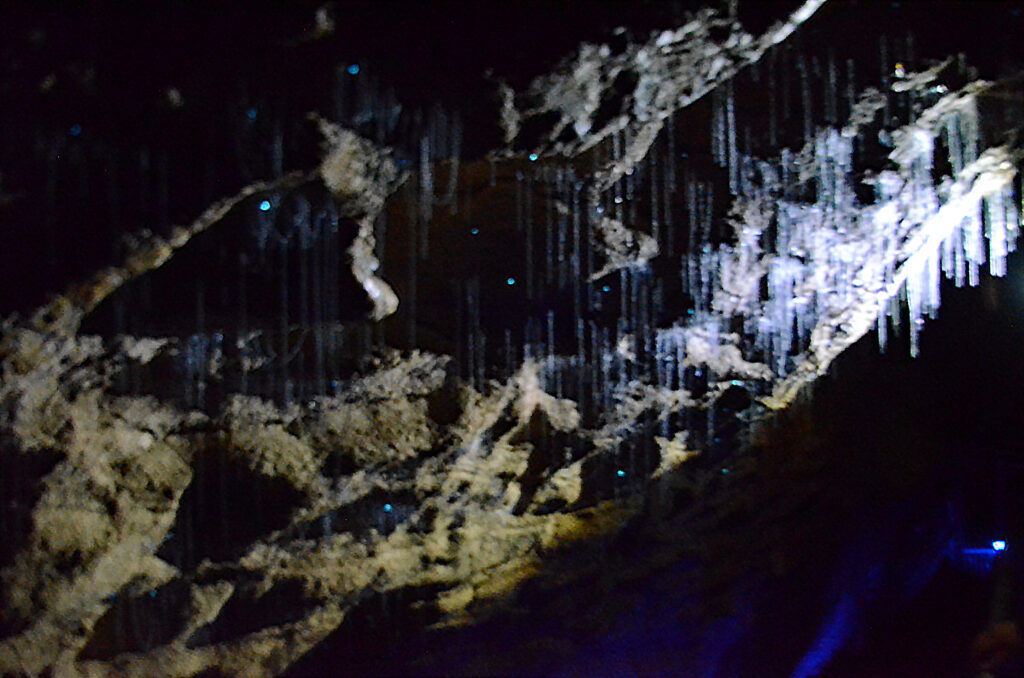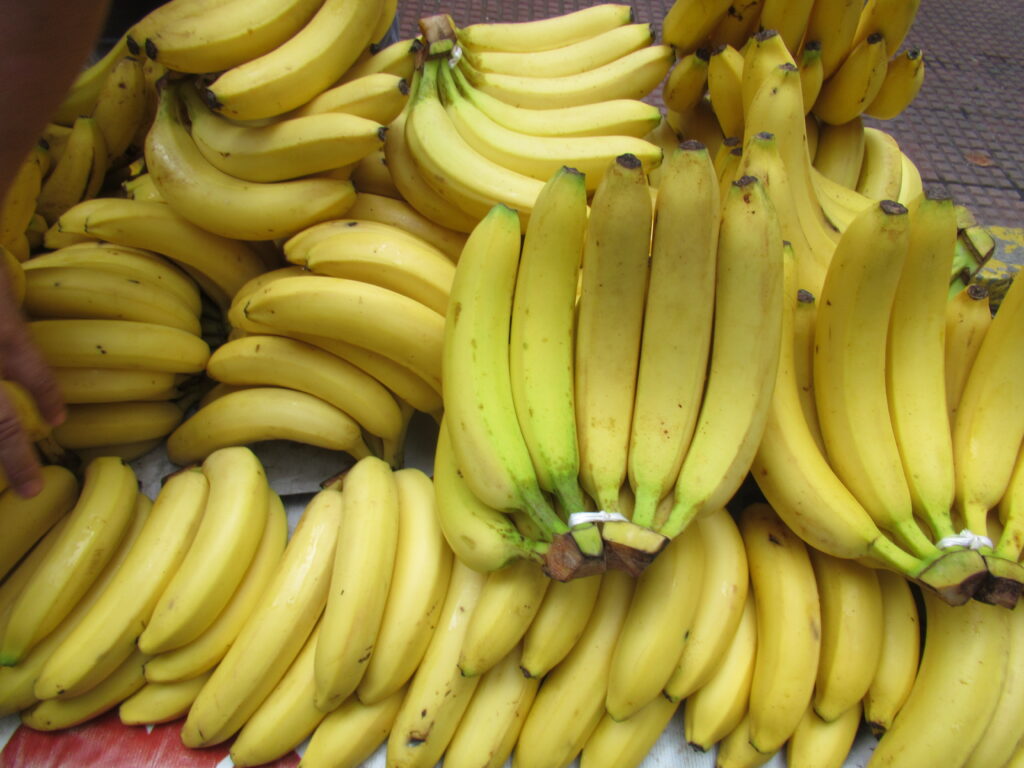When one thinks of South America, the mind often conjures images of the vast and mysterious Amazon rainforest or the towering majesty of the Andes Mountains. These landscapes are not only breathtakingly beautiful but are also undergoing significant changes due to both natural forces and human influences. This article takes you on a journey from the lush depths of the Amazon to the rugged peaks of the Andes, exploring the transformations that define this diverse continent.
The Enigmatic Amazon Rainforest
The Amazon Rainforest, often referred to as the “lungs of the Earth,” is a vast expanse of biodiversity. Covering over 5.5 million square kilometers, it houses countless species of plants, animals, and insects. However, this magnificent ecosystem is facing unprecedented challenges. Deforestation, primarily driven by agriculture and logging, is rapidly reducing the forest cover. This not only threatens the species that call the Amazon home but also affects global weather patterns. The rainforest acts as a carbon sink, absorbing carbon dioxide and helping to mitigate climate change. The loss of trees means more carbon in the atmosphere, contributing to global warming. The Amazon’s fate is intricately linked to our planet’s future.
Deforestation: A Growing Threat
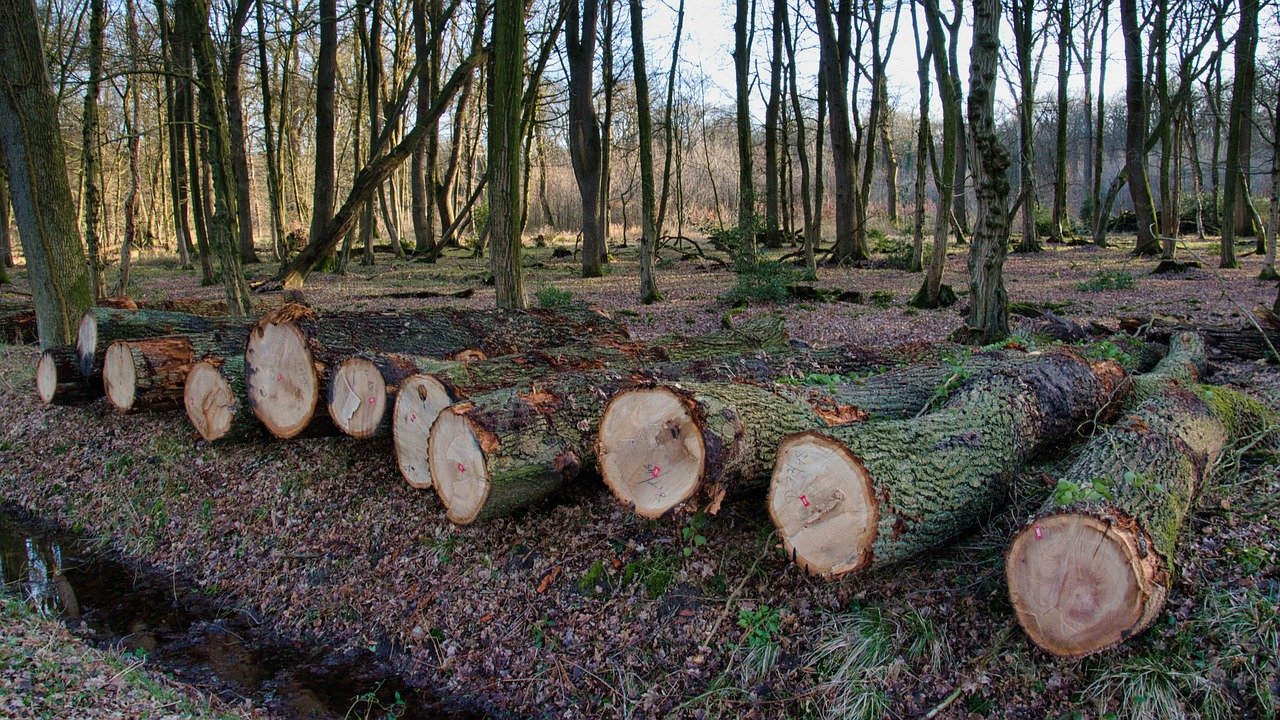
Deforestation in the Amazon is a pressing issue that has garnered international attention. Every year, thousands of square kilometers of forest are cleared for cattle ranching, soy plantations, and other agricultural activities. The impact of deforestation extends beyond the loss of trees. It disrupts the delicate balance of the ecosystem, displacing indigenous communities and wildlife. Moreover, it contributes to the loss of biodiversity, as countless species lose their habitats. Efforts to combat deforestation are underway, with organizations and governments working together to promote sustainable practices. However, the challenge remains immense, requiring global cooperation and commitment.
The Role of Indigenous Communities

Indigenous communities have inhabited the Amazon for centuries, living in harmony with the natural world. They possess invaluable knowledge about the ecosystem, having developed sustainable practices that ensure the forest’s preservation. These communities are now at the forefront of conservation efforts, advocating for their land rights and the protection of the forest. By supporting indigenous initiatives, we can learn from their traditional wisdom and promote practices that benefit both people and nature. Their voices are vital in the ongoing battle to preserve the Amazon and its unparalleled biodiversity.
The Mighty Andes Mountains
Stretching over 7,000 kilometers along the western edge of South America, the Andes are the longest continental mountain range in the world. These mountains are home to diverse ecosystems, from arid deserts to lush cloud forests. The Andes are also a source of life, providing water to millions of people through their vast network of rivers. However, the Andes are not immune to change. Climate change is causing glaciers to retreat, affecting water availability and threatening the livelihoods of those who depend on these vital resources. The Andes’ unique ecosystems are also under pressure from mining activities, which can lead to habitat destruction and pollution.
Glacial Retreat and Water Scarcity
The Andes’ glaciers are rapidly melting due to rising global temperatures. This glacial retreat has profound implications for water supply in the region. Many communities rely on meltwater for drinking, agriculture, and industry. As glaciers shrink, water availability becomes increasingly uncertain, leading to conflicts over resources. The retreat of glaciers also affects ecosystems, as species that depend on cold, freshwater habitats face an uncertain future. Addressing water scarcity in the Andes requires innovative solutions, including improved water management practices and investment in alternative water sources.
Mining and Environmental Impact
Mining is a significant economic activity in the Andes, providing resources such as copper, gold, and silver. However, mining activities can have detrimental effects on the environment. The extraction process often leads to habitat destruction, soil erosion, and water pollution. Tailings, the waste materials left after ore processing, can contaminate water sources, posing risks to both human health and ecosystems. Sustainable mining practices are essential to minimize environmental impact and ensure that communities benefit from mining activities without compromising their natural surroundings. Striking a balance between economic development and environmental conservation is crucial for the Andes’ future.
Biodiversity and Conservation Efforts
Both the Amazon and the Andes are biodiversity hotspots, home to countless species found nowhere else on Earth. Conservation efforts are essential to protect these unique ecosystems and the species that inhabit them. Organizations and governments are working to establish protected areas, promote sustainable land use, and combat illegal activities such as poaching and logging. Community involvement is key to successful conservation, as local people play a vital role in monitoring and protecting their environments. By fostering a sense of stewardship and responsibility, we can ensure that these landscapes continue to thrive for generations to come.
The Interconnectedness of Ecosystems
The Amazon and the Andes are interconnected, with each influencing the other in profound ways. The Amazon’s moisture feeds the Andes’ rivers, while the mountains’ elevation affects weather patterns across the continent. This interconnectedness highlights the importance of holistic conservation approaches that consider the broader landscape. Protecting one ecosystem often benefits the other, emphasizing the need for coordinated efforts across borders and sectors. Understanding these connections helps us appreciate the complexity of nature and the need for comprehensive strategies to address environmental challenges.
Human Impact and Responsibility
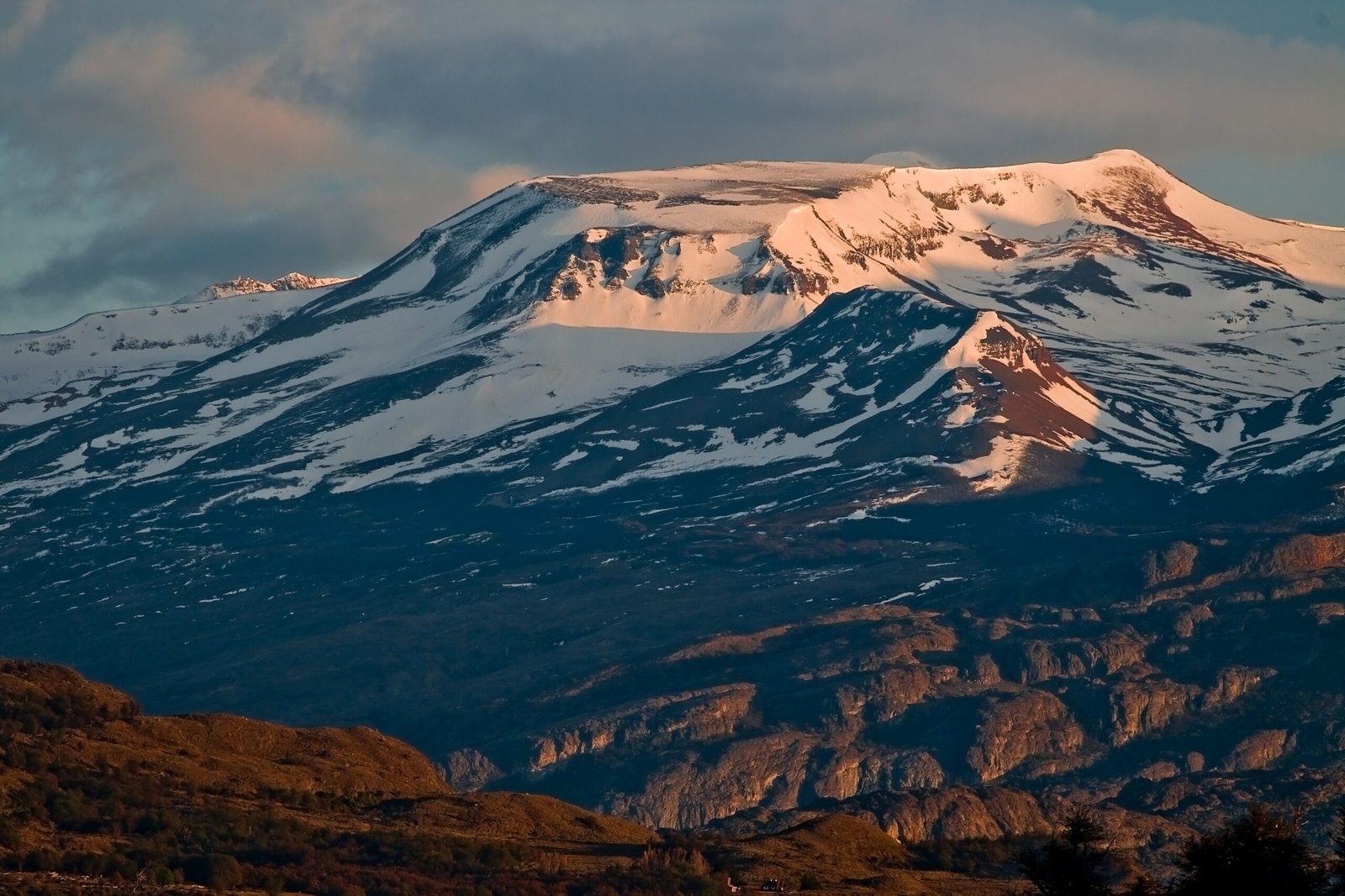
Human activities have profoundly shaped the landscapes of South America. From deforestation in the Amazon to mining in the Andes, our actions have left a lasting impact on the continent’s ecosystems. However, with this impact comes responsibility. We have the power to make positive changes by adopting sustainable practices, supporting conservation efforts, and advocating for policies that protect the environment. The future of these landscapes depends on our ability to balance human needs with the health of the natural world. By working together, we can ensure that the Amazon and the Andes continue to inspire and sustain life.
Preservation for Future Generations
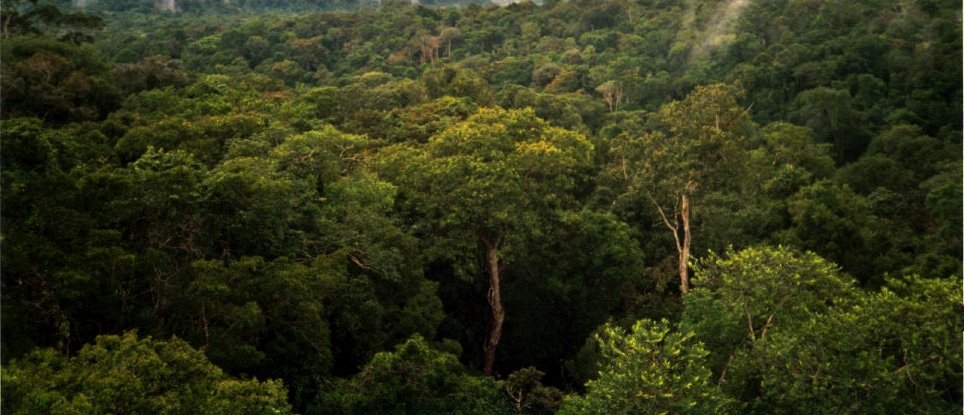
The changing landscapes of the Amazon and the Andes remind us of the urgent need to preserve these natural wonders for future generations. The beauty and diversity of these regions are irreplaceable, offering a glimpse into the intricate web of life that sustains our planet. By taking action today, we can protect these landscapes and the countless species that call them home. Whether through supporting conservation initiatives, reducing our ecological footprint, or simply raising awareness, each of us has a role to play in safeguarding the Amazon and the Andes. Together, we can ensure that these landscapes continue to captivate and inspire for generations to come.


